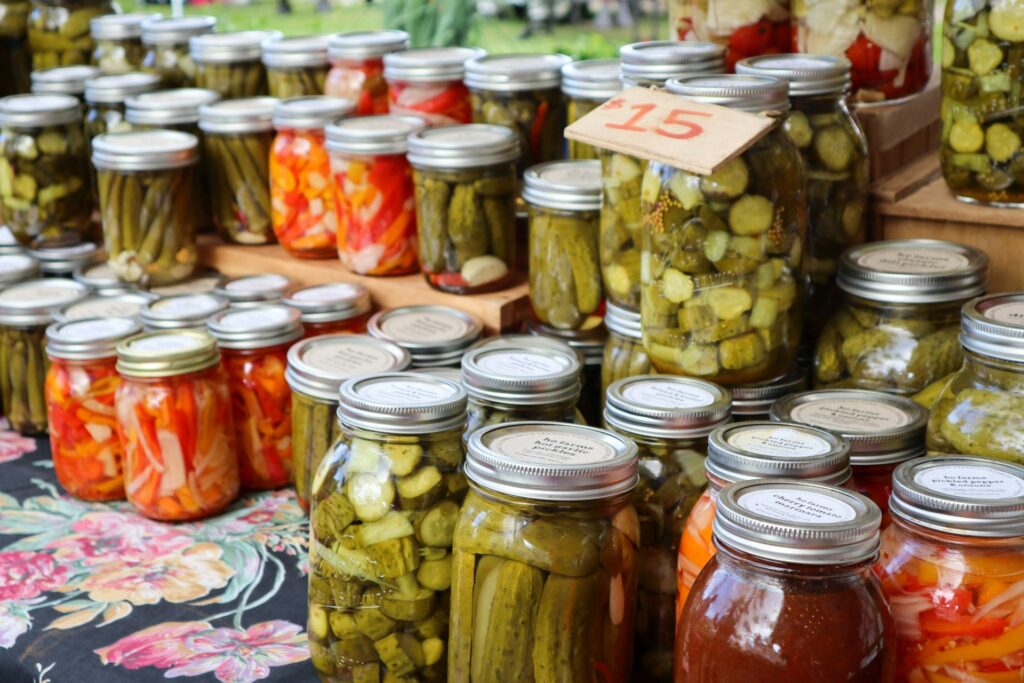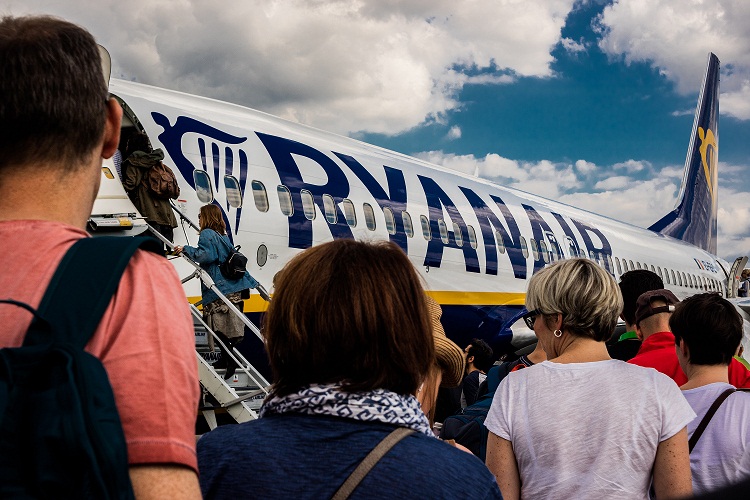Cities that aspire to be smart must not only think about sensors, electric mobility or big data.
There is a less noisy, but vital, intelligence that is simmering in markets, urban gardens and community kitchens: gastronomic sovereignty.
This concept, intimately linked to food sovereignty, challenges urban systems about who decides what is eaten, how it is produced and what is the role of the community in the control of their food.
Without food sovereignty there is no identity
By: Gabriel E. Levy B.
When La Via Campesina introduced the concept of food sovereignty during the World Food Summit in 1996, the term seemed to be limited to the rural world.
However, with the advance of urbanization and the climate crisis, the notion was transformed and migrated to the urban, where today it takes shape as “gastronomic sovereignty”: a way of defending the culture, health and autonomy of cities from its plates.
Authors such as Marion Nestle, in Food Politics (2002), and Carlo Petrini, founder of Slow Food, have warned that control of the food system cannot be in the exclusive hands of large agro-industrial conglomerates.
Petrini wrote that “eating is an agricultural act” and, in cities where the disconnection with the land is almost absolute, recovering that awareness represents a political act.
During the last decades, urban territories began to think about food beyond consumption.
The growth of urban gardens, local markets, community kitchens and public food policies show that gastronomic sovereignty is also a way of resisting the standardisation and anonymity of food imposed by globalisation.
“Feeding the city is governing it”
A city cannot be called smart if it does not guarantee the right to healthy, culturally appropriate and sustainable food.
Under this premise, policies and movements have been developed that understand food as an infrastructure as essential as transport or energy.
The report Cities and Local Governments at the Center of Food Systems Transformation, published by the Milan Urban Food Policy Pact, states that
“Local food policies are key to achieving resilient and sustainable urban systems.” Milan Urban Food Policy Pact
It warns that many cities are taking an active role in defining their relationship with food, betting on short marketing circuits, protection of traditional cuisines and promotion of urban agricultural models.
The smart city is not just a territory full of interconnected devices. It is an ecosystem that thinks about its resources strategically, respectful of the environment and aligned with human rights.
In this sense, gastronomic sovereignty becomes central.
Not only because it allows strengthening local economies, but also because it promotes a deep knowledge of the environment and the cultures that inhabit it.
Brazilian urban planner Raúl Pont, former mayor of Porto Alegre, said that “a democratic city is one where the budget and decisions are cooked up with the community.”
Along these lines, thinking about what and how we eat is part of a democratic exercise that technology, on its own, cannot guarantee.
Cities that invest in soup kitchens, incentives for urban agroecology and food education are building an intelligence that does not depend only on algorithms, but on ancestral knowledge, relationships of trust and concrete sustainability.
“Gastronomic sovereignty is also identity”
Thinking about gastronomic sovereignty implies understanding that food is not only a physiological need.
It is a cultural expression, a symbolic act and a tool of resistance.
In many cities, food policies were designed under technocratic models, where efficiency outweighed diversity.
But what makes a smart city strong is not only its digital infrastructure, but its ability to protect what makes it unique.
Food standardization, promoted by supermarket chains, digital platforms and global franchises, threatens to dilute local culinary particularities.
In the face of this, initiatives such as the “cities of good living” in Ecuador or the responsible consumption networks in Spain are showing different paths: where ingredients are grown nearby, food is cooked with identity and citizens actively participate in decision-making.
Authors such as Vandana Shiva, in her work Who Really Feeds the World?, argue that “control of the global food system is based on extracting value from local communities.”
From this point of view, gastronomic sovereignty becomes a tool for territorial defense, where food not only nourishes the body, but also the social fabric.
Cities such as Rosario (Argentina), Belo Horizonte (Brazil), Medellín (Colombia) or Barcelona (Spain) have implemented policies where food is treated as a matter of social and environmental justice.
From native seed banks to barter markets to digital food traceability platforms, these cities show that technology can be at the service of sovereignty, not the other way around.
“From the earth to the algorithm: cases that cook up the future”
In Belo Horizonte, since 1993, the Food and Nutritional Security System has been implemented, guaranteeing access to healthy and cheap food to more than one million inhabitants.
Its strategy, recognized by the FAO, included the creation of popular restaurants, direct support to small producers and price controls in the markets.
Rosario, for its part, has integrated urban agriculture as a public policy since 2001, after a strong economic crisis.
Today, it has more than 24 hectares of agroecological gardens that supply thousands of families, combining training, green employment and healthy food production.
In Barcelona, the Strategic Plan for Sustainable Food 2030 articulates public and private actors to transform the food system from an eco-social perspective.
From platforms to connect local producers with consumers to gastronomic fairs dedicated to migrant cuisines, the city is positioned as a laboratory of urban sovereignty.
In Colombia, Medellín developed its “Food and Nutritional Security Plan” with a focus on circular economy and citizen participation.
Here, itinerant farmers’ markets, nutrition training for mothers who are heads of households, and short circuits that reduce the carbon footprint are promoted.
Even in cities of high technological development such as Toronto or Amsterdam, the discussion of gastronomic sovereignty has begun to permeate the urban agenda.
In Toronto, for example, the organization “FoodShare” manages community gardens and school meal programs that seek to strengthen equitable access to fresh food.
In Amsterdam, the “circular food economy” strategy is committed to reusing food waste, recovering urban spaces for planting and using technology to strengthen short chains.
These examples show that gastronomic sovereignty is not a rural utopia or a gourmet luxury.
It is a smart strategy to face the challenges of contemporary cities: climate change, inequality, biodiversity loss and cultural disconnection.
In conclusion
A smart city cannot delegate its power to algorithms or rely exclusively on massive imports. Gastronomic sovereignty allows decisions about what and how to be eaten to return to the hands of communities, restoring meaning, identity and resilience to urban territories. It is not a question of romanticizing the past, but of thinking about the future with our feet and hands on the ground.
References:
- Nestle, Marion. Food Politics: How the Food Industry Influences Nutrition and Health. University of California Press, 2002.
- Petrini, Carlo. Buono, pulito e giusto. Principi di una nuova gastronomia. Slow Food Editore, 2005.
- Shiva, Vandana. Who really feeds the world? Editorial Icaria, 2017.
- Milan Urban Food Policy Pact. Cities and Local Governments at the Center of Food Systems Transformation. 2020.
- Food and Agriculture Organization (FAO). Good Practices in the City of Belo Horizonte. 2018.



